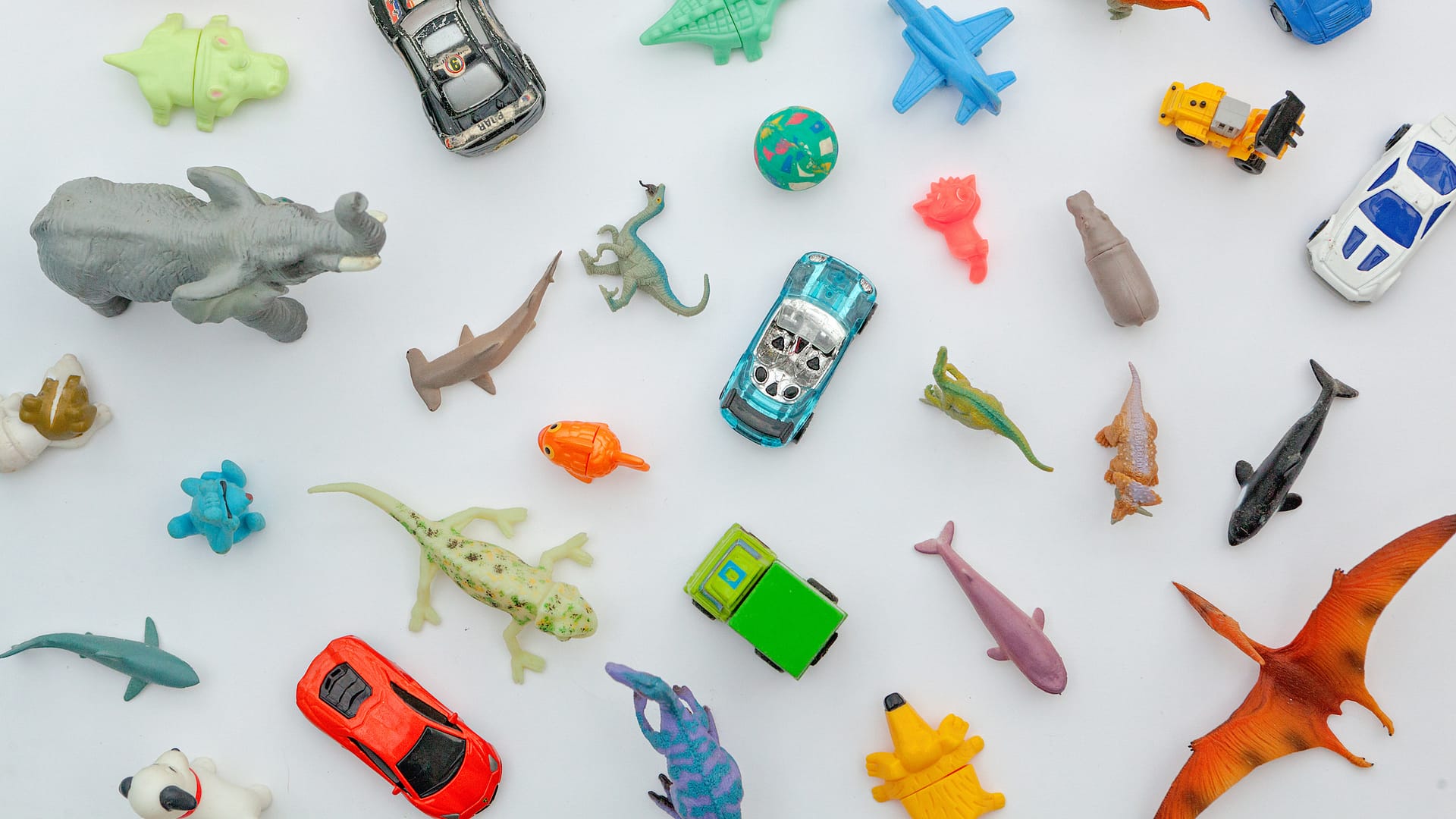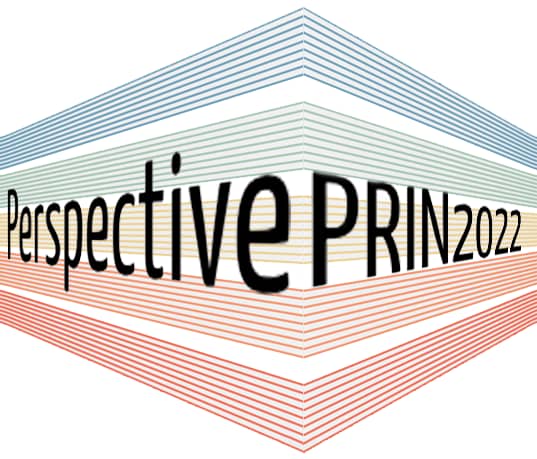
PERSPECTIVE
PolymEr Research Studies for PreventivE Conservation Through non invasIVe analytical strategiEs
The introduction of plastics in the 19th century marked the beginning of the Age of Plastics. Synthetic polymers were largely exploited to produce everyday plastic objects and soon after art was also impacted. Artists started using plastics appreciating improvements in moulding processes and new formulations derived from chemical and technological advancements of polymer science.
Today plastic artefacts, including not only purely artistic production but also design and its interpretation as a recognized form of art, are ubiquitous in museum collections enriching our modern and contemporary cultural heritage. The short-term stability shown by some plastic materials is responsible for the degradation of several plastic artworks. The knowledge of the exact chemical composition is fundamental for characterizing their physical and chemical properties and studying degradation pathways. Furthermore, this information enables the fine-tuning of suitable preservation strategies, including the selection of the best exhibition and storage conditions and the planning of restoration interventions.
Past research in the field was mainly oriented towards the identification of plastics, the comprehension of degradation mechanisms, and the development of suitable conservation materials, exploiting until now mainly robust and consolidated laboratory methods on (micro)samples, and only to a minor extent non-invasive (NI) approaches through portable devices. If, how, and to which extent it is possible to study plastic art and design objects through a NI approach is presently an open question.
The aim of the project is to provide a new PERSPECTIVE in the field of heritage and conservation science of modern and contemporary art and design objects containing plastics by an analytical multimodal non-invasive approach for the in-situ study of CH synthetic polymers and plastic materials.
TARGETS
- Strengthening non-invasive approaches providing a detailed knowledge (of both chemical and mechanical properties) of the plastics and their state of conservation
- Optimize approaches to monitor real-time conservation interventions.
- Develop a systematic know-how useful for the preventive conservation of plastic materials.
METHODOLOGY
The optimization and strengthening of the non-invasive multimodal approach will be driven by a systematic study of reference materials carried out by (micro)destructive robust analytical methods providing accurate quantitative data on chemical and mechanical properties.
(Micro)destructive analytical methods for the quantification of the plastic components including monomers, additives and pigments, will be carried out on reference materials with known composition allowing us to obtain regression models.
The same reference materials will be investigated through NI approaches building the corresponding regression models, whose reliability will be determined by direct comparison with the results from the more robust destructive approaches. The NI approach will be optimized also for in-situ probing of the mechanical properties by NI and innovative techniques that will be supported and validated by traditional and robust methods.
The optimized NI approach will be tailored and integrated to probe the at different depths the materials: bulk analysis will be preferred for the characterization/quantification of the components, and surface and sub-surface study at both micro and macro scales will enable to definition of the chemical, mechanical and morphological changes due to specific degradation phenomena and/or conservation treatments.
NEWS:
- Perspective congress participationsDuring the past months, our research group worked hard on Perspective topics studying synthetic polymers and plastic materials with the aim… Leggi tutto: Perspective congress participations
- KICK-OFF PICSThank you to everyone who participated. The discussions that ensued were very stimulating for us, and we hope they will be… Leggi tutto: KICK-OFF PICS
- Questionario PERSPECTIVE | PERSPECTIVE questionnairePer avviare il progetto PERSPECTIVE abbiamo bisogno dell’aiuto di conservatori, restauratori, chimici e figure museali che si occupano di manufatti di… Leggi tutto: Questionario PERSPECTIVE | PERSPECTIVE questionnaire
- Kick off meeting, 12 January 2024We are glad to announce that on 12th of January 2024 it will take place the kick-off meeting of the PERSPECTIVE… Leggi tutto: Kick off meeting, 12 January 2024




